= ASSESSMENT OF CURRENT RESULTS AND OUTLOOK ON FUTURE EFFORTS =
== QUANTUM INFORMATION SCIENCE THEORY ==
=== QUANTUM CONTROL THEORY ===
Quantum error correction enables fault-tolerant quantum computation to be performed, provided that each elementary operation meets a certain fidelity threshold but unfortunately, this puts extremely demanding constraints on the allowable errors. Threshold estimates vary between 0.01% to fractions of a percent, but none of the candidate physical implementations available to date has met such requirements yet. Therefore the main open challenge is a practical one will the necessary fidelity ever be reached in practice for elementary operations, and maintained while scaling up qubit number and system complexity? This will ultimately determine the winning hardware platform for future quantum information devices, analog to what has happened with silicon for conventional computing.
One feature is common to all candidate QIP implementations: the need for an extremely accurate control of the quantum dynamics at the individual level, with much better precision than has been achieved before. Optimal control theory is a very powerful set of methods developed over the last decades to optimize the time evolution of a broad variety of complex systems, from aeronautics to economics. The basic underlying idea is to pick a specific path in parameter space to perform a specific task. This is expressed mathematically by a cost functional that depends on the state of the system and is minimized with respect to some control parameters. More recently, this approach is being successfully applied to quantum systems, e.g., in the context of ultra-fast laser pulses and light-assisted molecular reactions. A big advantage is that, in a quantum-mechanical situation, the goal can be reached via interference of many different paths in parameter space, rather than just one. This allows, for instance, to exploit faster non-adiabatic processes, allowing to perform more gate operations within the decoherence time, which is crucial to apply fault-tolerant error correction.
Over the last few years, quantum optimal control theory (QOCT) has been applied to different aspects of quantum information processing, in particular to the implementation of scalable quantum gates with real physical systems. The figure of merit to be optimized in this case is the fidelity, defined as the projection of the physical state obtained by actually manipulating the chosen system onto the logical state that the gate aims at obtaining. Several examples, from atoms in optical lattices and atom chips to trapped ions and superconducting charge qubits, have indicated systematic improvements in fidelity beyond the fault-tolerance threshold, taking into account experimentally available configurations and known sources of imperfection.
